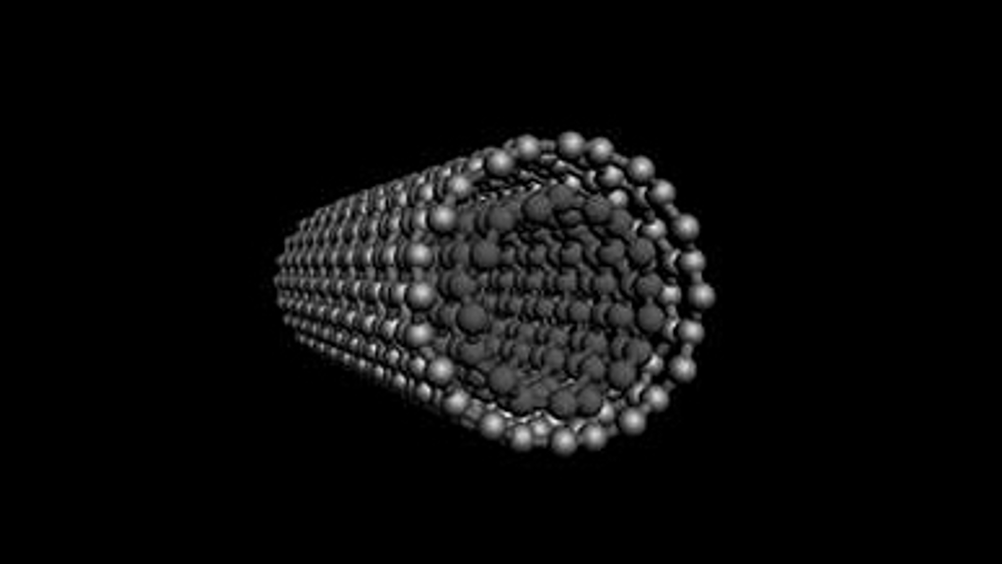Hybrid nanomaterial converts light and heat into electricity
A University of Texas (UT) at Arlington physics professor has helped create a hybrid nanomaterial that can convert light and thermal energy into electrical current.

Working with Louisiana Tech University assistant professor Long Que, UT Arlington associate physics professor Wei Chen and graduate students Santana Bala Lakshmanan and Chang Yang synthesised a combination of copper sulphide nanoparticles and single-walled carbon nanotubes.
The team used the nanomaterial to build a prototype thermoelectric generator that is hoped to eventually produce milliwatts of power.
Paired with microchips, the technology could be used in devices such as self-powering sensors, low-power electronic devices and implantable biomedical micro-devices, Chen said.
‘If we can convert both light and heat to electricity, the potential is huge for energy production,’ Chen said in a statement. ‘By increasing the number of the micro-devices on a chip, this technology might offer a new and efficient platform to complement or even replace current solar cell technology.’
In lab tests, the new thin-film structure is said to have shown increases of as much as 80 per cent in light absorption when compared with single-walled nanotube thin-film devices alone, making it a more efficient generator.
Register now to continue reading
Thanks for visiting The Engineer. You’ve now reached your monthly limit of news stories. Register for free to unlock unlimited access to all of our news coverage, as well as premium content including opinion, in-depth features and special reports.
Benefits of registering
-
In-depth insights and coverage of key emerging trends
-
Unrestricted access to special reports throughout the year
-
Daily technology news delivered straight to your inbox










UK Enters ‘Golden Age of Nuclear’
The delay (nearly 8 years) in getting approval for the Rolls-Royce SMR is most worrying. Signifies a torpid and expensive system that is quite onerous...